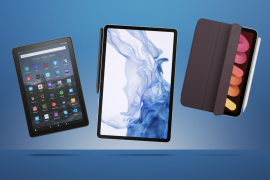Google Pixel 9 Pro review: Pixel perfect
The Pixel 9 Pro delivers cutting-edge tech wrapped in a sleek, refined design – is this the Pixel smartphone to go for?
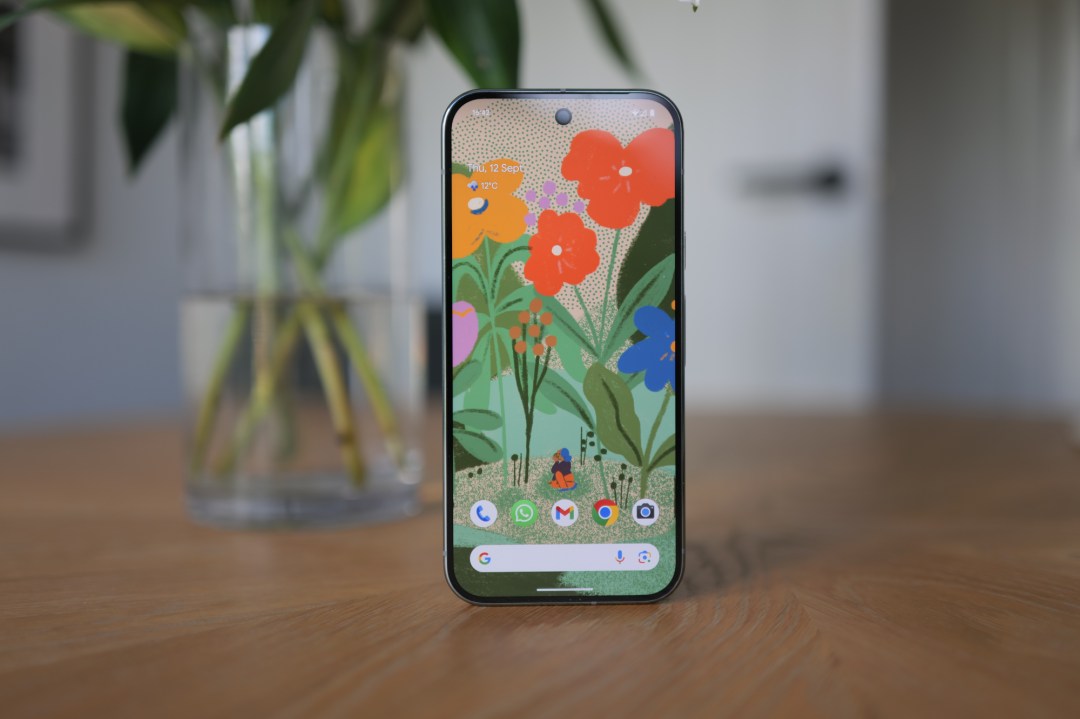
Stuff Verdict
With the Pixel 9 Pro you can finally get the best camera and display tech in a compact 6.3in size. It blends top-tier AI features with a stunning design and exceptional battery life.
Pros
- Premium design and features in a smaller form
- Outstanding camera system with AI editing
- Bright, vibrant display
- Seven years of software updates
- Excellent on battery
Cons
- Charging speeds still lag behind competitors
- Expensive compared to previous Pixel models
Introduction
As someone who’s always wanted Pro-level features in a smaller package, this iteration of Google’s flagship smartphone is one I’ve been looking forward to for a long time. Gone are the days of having to go for the XL model just to get the best camera and display tech. Finally, the Pixel 9 Pro combines top-tier performance, AI-driven features, and a manageable size that fits perfectly in hand.
Just like the standard Google Pixel 9, the Pixel 9 Pro represents a significant update of Google’s smartphone lineup, evolving from the affordable “bang for your buck” option to a true flagship contender. It boasts a sleek, refined design and high-end features that compete directly with the likes of Samsung and Apple. Equipped with the new Google Tensor G4 chip, this phone promises blazing performance and impressive AI capabilities, reinforcing its place in the premium segment.
While the Pixel 9 Pro no longer stands out as the bargain buy it once was, Google’s foray into the high-end market prompts the question: is the Pixel 9 Pro’s new premium experience worth the cost and, is this new, smaller Pixel Pro the model to go for?
Review originally published September 2024. Updated 21 March 2025: Pixel drop software updates
How we test smartphones
Every phone reviewed on Stuff is used as our main device throughout the testing process. We use industry-standard benchmarks and tests, as well as our own years of experience, to judge general performance, battery life, display, sound and camera image quality. Manufacturers have no visibility on reviews before they appear online, and we never accept payment to feature products. Find out more about how we test and rate products.
Design & Build: A big step up
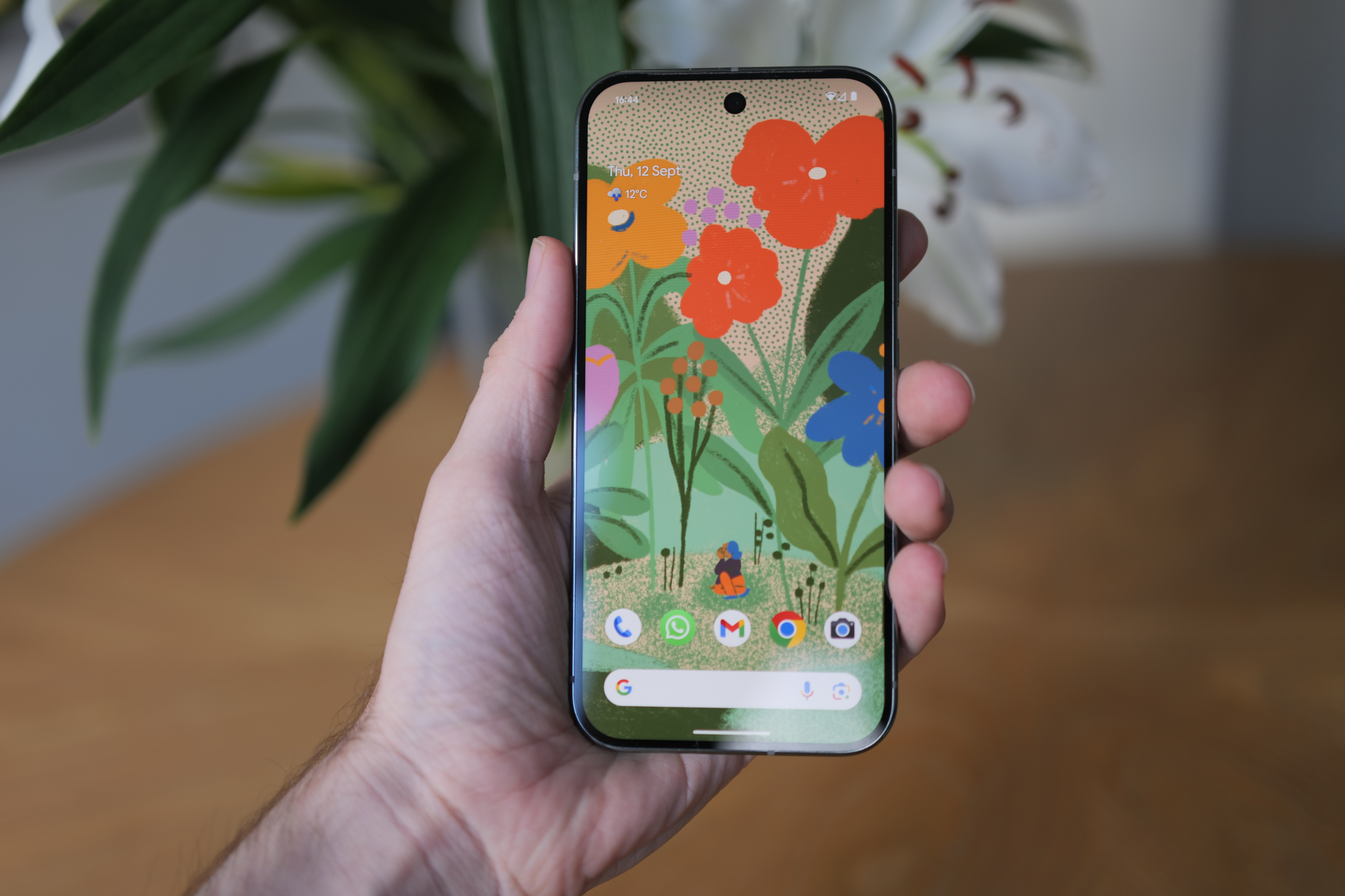
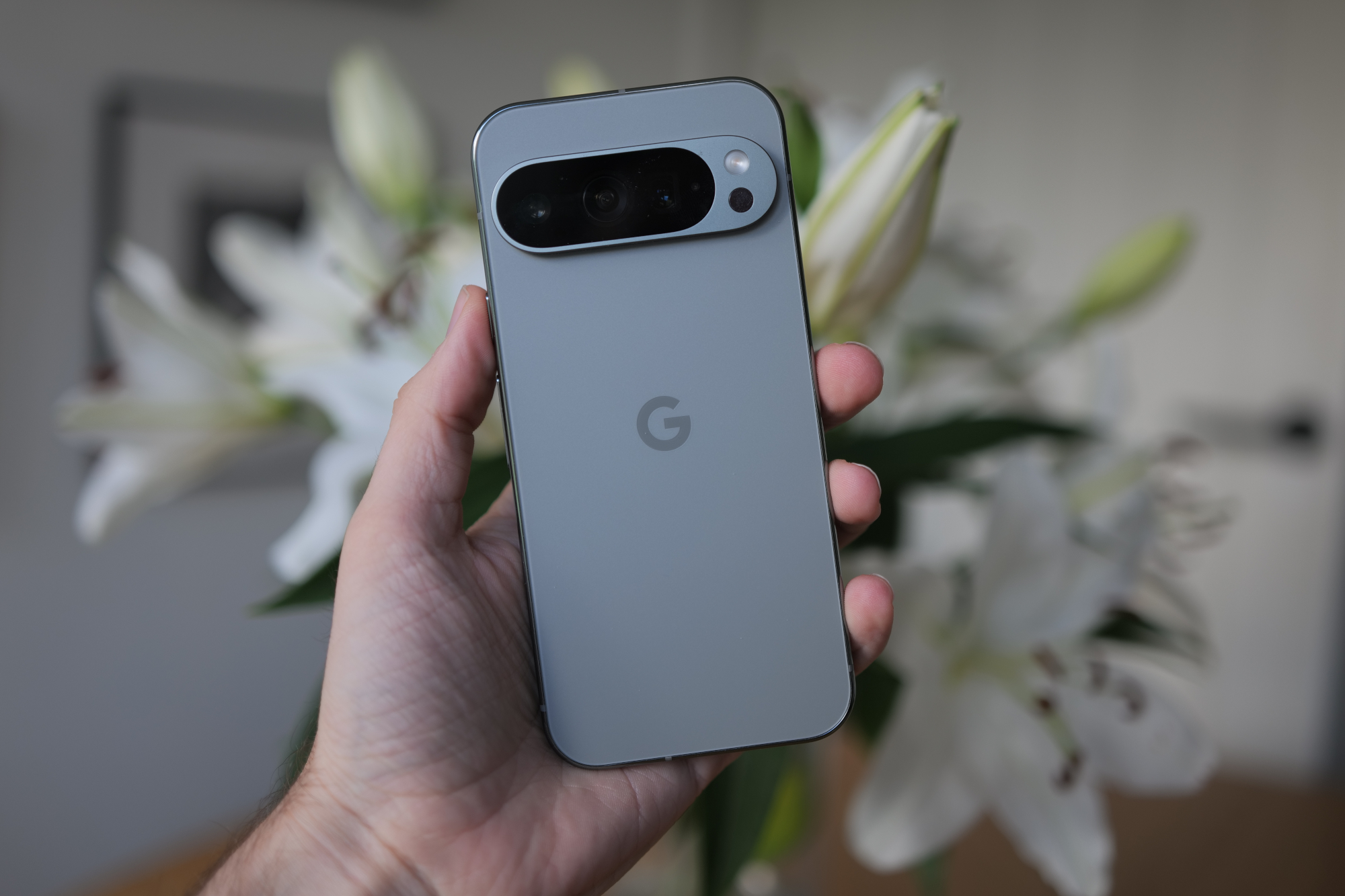
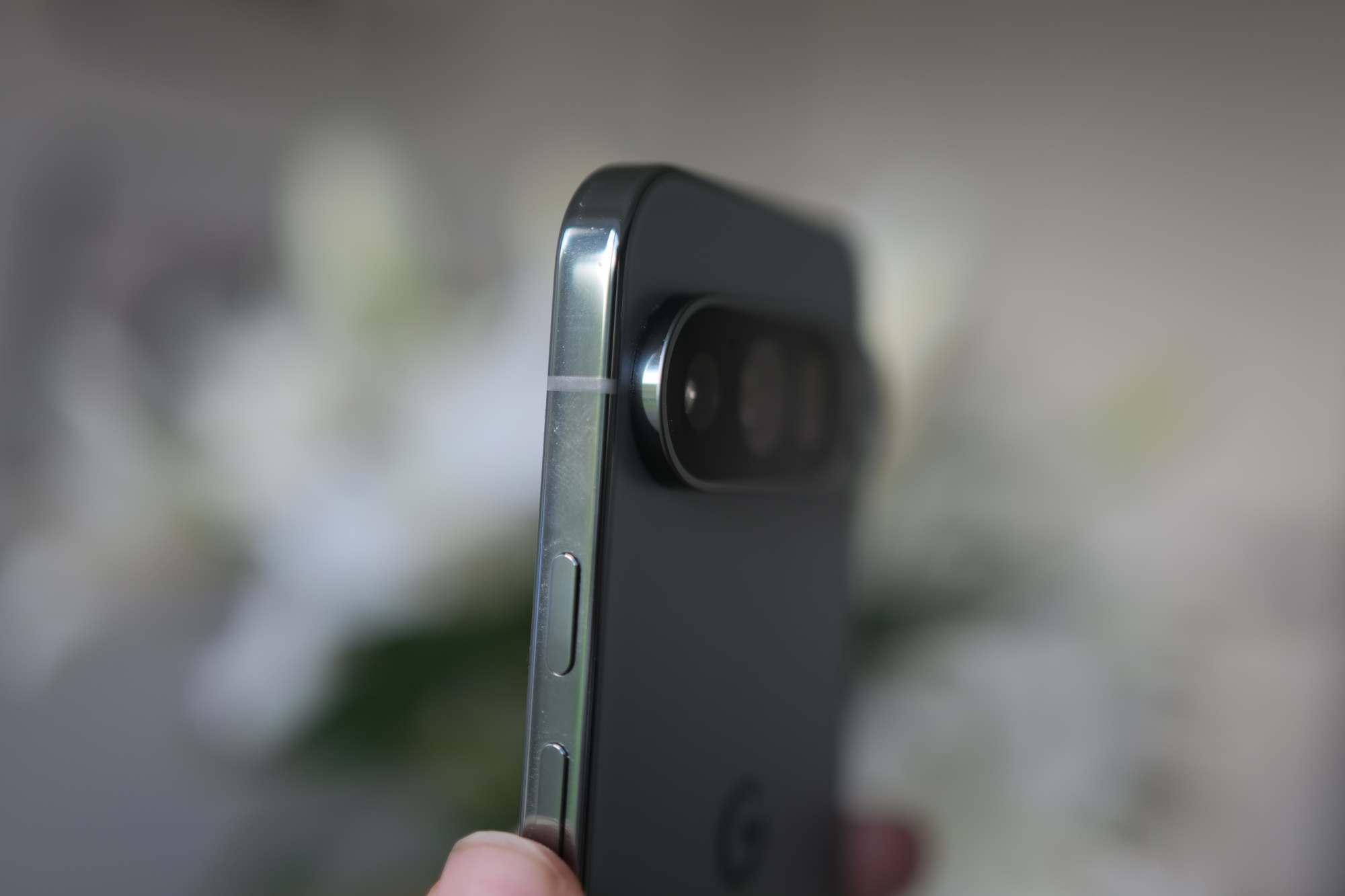
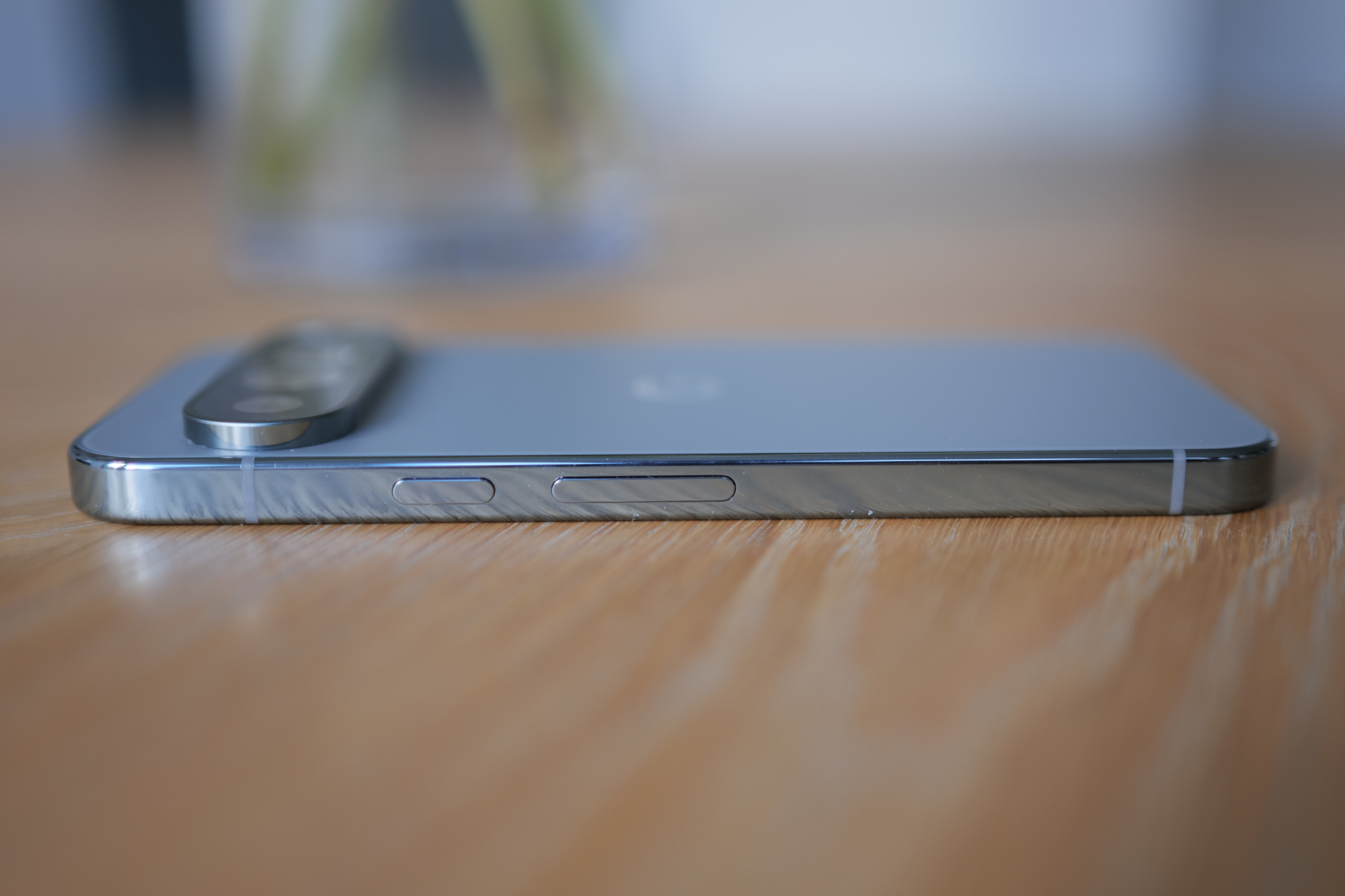
One of the standout features of the Pixel 9 Pro is its size. The 6.3in display is the perfect balance between screen real estate and one-handed use. In the past, I had to settle for a non-Pro Pixel model as I didn’t want to deal with the massive XL versions, but now, I can enjoy all the Pro features without the bulk.
Those who crave even more screen real estate can opt for the 6.8in Pixel 9 Pro XL, but for most people I think the 6.3in model will be the sweet spot. It measures 152.8x72x8.5mm and weighs 199g, so felt reassuring premium from the moment I picked it up.
It’s certainly more refined and polished than its predecessors. Google has replaced the soft, rounded edges and plastic back of previous models with straight edges, sharp angles, a matte glass back, and glossy metal sides. The design feels reminiscent of the iPhone 15 (which is high praise) and gives the Pixel 9 Pro a sophisticated look.
It’s the matte glass back and polished aluminium sides that distinguish it from the standard Pixel 9 (which has a glossy back and matte aluminium sides), although I actually prefer the standard Pixel’s design. Nevertheless, both devices look great.
The signature camera bar remains a standout design feature, once again highlighting Google’s focus on photography. This year, however, it has evolved from an edge-to-edge band into a pill-shaped island that protrudes more noticeably from the back. While it can catch on pockets, this issue is quickly resolved with a case.
Durability has also been upgraded, with Google claiming the Pixel 9 Pro is twice as durable as its predecessor, and as expected in this price range, it features IP68 water resistance. No longer class-leading, admittedly – but IP69 is more about high pressure jets, and how many times has your phone been subjected to those?
Colour options are more refined this year, with the Pixel 9 Pro available in shades like ‘Porcelain,’ ‘Wintergreen,’ ‘Obsidian,’ and the bold ‘Rose Quartz’. My review unit, in ‘Hazel’ impressively resists fingerprints, and this more subtle and sophisticated colour palette enhances the phone’s luxurious feel, setting it apart from previous Pixel models.
Screen & Sound: Bright future
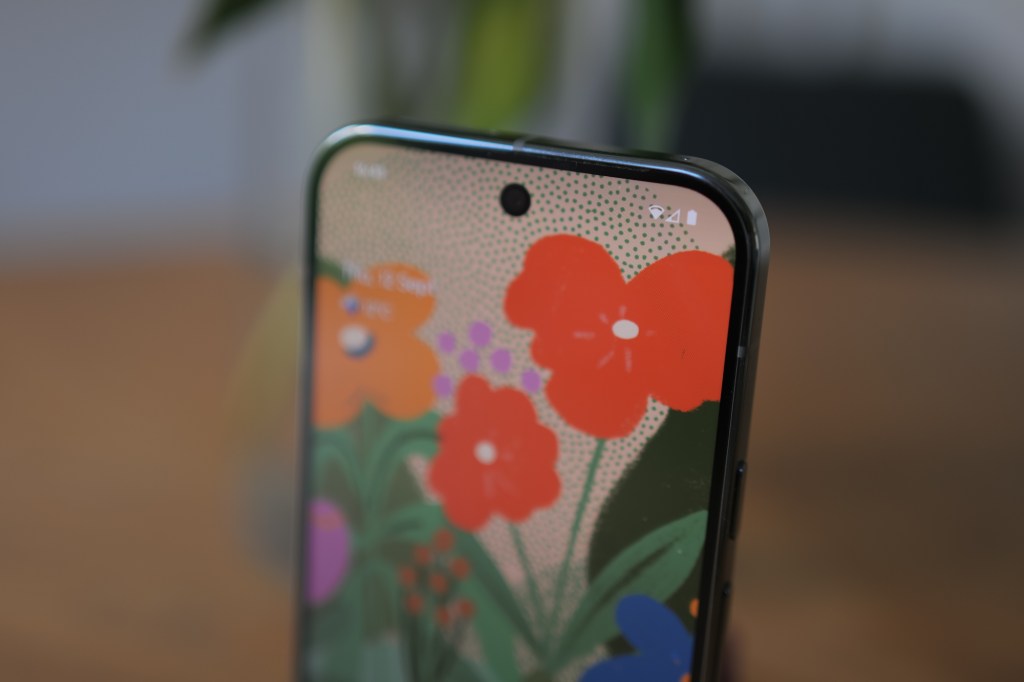
The Pixel 9 Pro’s Actua display is, in a word, stunning. It gets a 2856×1280 LTPO OLED panel stretched across 6.3in. As standard the phone runs ‘High resolution’ mode, which is actually 2142×960 pixels, but you can unleash the display’s full potential by selecting ‘Full resolution’ mode in the settings menu and accepting a hit on battery life. Personally, I’m fine with using the lower resolution mode, as my eyes aren’t as sharp as they once were.
The big upgrade here, however, is to the brightness. The new Actua display is a significant upgrade from its predecessor, being 35-percent brighter than the Pixel 8 Pro and reaching a peak 3000 nits brightness. That’s better than both the iPhone 15 and Samsung Galaxy S24. This brightness boost ensures visibility even in direct sunlight – I didn’t have any issues when scrolling Instagram on a sunny day.
Deep blacks and vibrant colours are standard for an OLED panel, and the Pixel 9 Pro makes no exception. It’s a lovely display to look at, with both still images and videos looking punchy, yet true to life.
Personally, I find the default setting feels a little too saturated, so opt for the Natural colour preset which tones it down a bit. Whichever profile you opt for, you’ll get a sharp, saturated, and well-defined image.
Like last year’s phone, the refresh rate tops out at 120Hz. You can’t force it to constantly run at 120Hz, with Google dynamically switching between 60 and 120Hz depending on what’s onscreen. You can turn it off to save battery life, but I think the smoothness of every swipe and scroll makes the minor hit to battery life worth it.
Audio-wise, the Pixel 9 Pro holds its own. Despite losing one speaker, the audio is loud and crisp with decent bass. Of course, the single speaker doesn’t quite reach the heights of a Bluetooth speaker, but for general podcast listening, the odd song, or YouTube playback, I found the speakers perfectly clear.
As with most phones nowadays, there’s no headphone jack, so you’ll need to rely on Bluetooth or USB-C audio for private listening.
Cameras: Next-level performance
The camera system has always been a standout feature of the Pixel series, and the Pixel 9 Pro carries on this legacy with even more impressive capabilities. While the main camera still features a 50MP sensor, the real star is the ultrawide lens, now upgraded to an impressive 48MP sensor, a notable improvement over its predecessor. This upgrade results in sharper, more detailed photos with a wider field of view, making it ideal for capturing landscapes and group shots.
Also available for the first time on the smaller Pixel phone is the 48MP periscope telephoto lens with 5x optical zoom. It’s one of the main features that sets it apart from the standard Pixel 9.










As expected, Google’s computational photography remains a key differentiator. AI-powered tools like Magic Editor and Best Take make photo editing effortless, allowing you to enhance your shots seamlessly. The combination of advanced hardware and Google’s superior image processing ensures that every photo is polished and perfected before you even see it.
A new feature, ‘Add Me,’ lets the photographer join group photos after the fact. The camera takes one photo of the group, then a second with the photographer in place. The Pixel 9 Pro automatically merges the two shots, making it simple thanks to on-screen instructions. However, keeping the group still between shots can be tricky, especially with small children or people who’ve had a few drinks. This feature is still in ‘Preview,’ so improvements may come in future updates.
Magic Editor has also been enhanced, offering automatic reframing, cropping suggestions, and even image expansion to capture more of the scene. While it’s handy for those without access to professional editing tools, the results can sometimes be inconsistent, especially when upon close inspection.
Low-light performance remains exceptional, with the Pixel 9 Pro excelling in producing bright, detailed images even in challenging lighting conditions.
The 48MP ultrawide lens complements the main camera beautifully, maintaining excellent colour consistency, dynamic range, and exposure. There is only minimal softening or distortion at the edges. The 5x telephoto lens is a solid performer as well, providing sharp, distortion-free images with excellent colour accuracy.


The Pixel 9 Pro’s telephoto lens combines with Google’s Super Res Zoom to offer up to 30x magnification through clever software techniques. While images can lose some sharpness at higher zoom levels, they remain quite usable, especially between 5x and 10x zoom.
The front-facing camera gets a high-resolution 48MP sensor, which is a big step up from the 10MP Pixel 8. I found selfies are sharp and vibrant, even in low light.
The overall camera experience on the Pixel 9 Pro is exceptional, delivering impressive detail, dynamic range, and natural colour reproduction across all shots. Google’s Real Tone technology continues to shine, offering accurate and flattering skin tones, and the autofocus is fast and reliable.
With video recording capabilities supporting 8K at 30fps and 4K at 60fps and excellent slow-motion options, the Pixel 9 Pro is finally a versatile choice for both photography and videography enthusiasts. Overall, it builds on Google’s strong reputation for delivering top-tier smartphone cameras and continues to push the boundaries of mobile photography.
Performance & Battery: Tensor G4 fixes everything
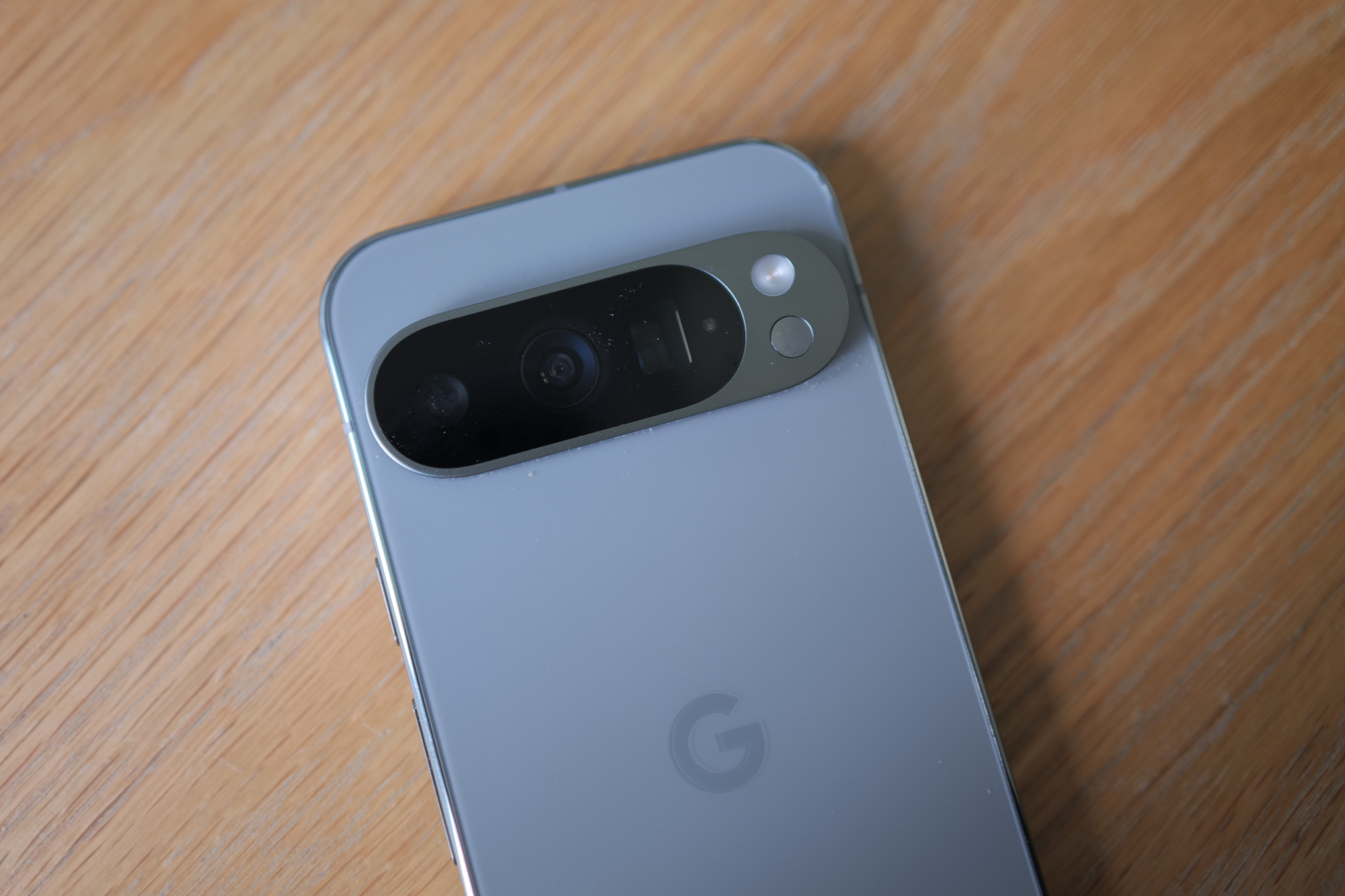
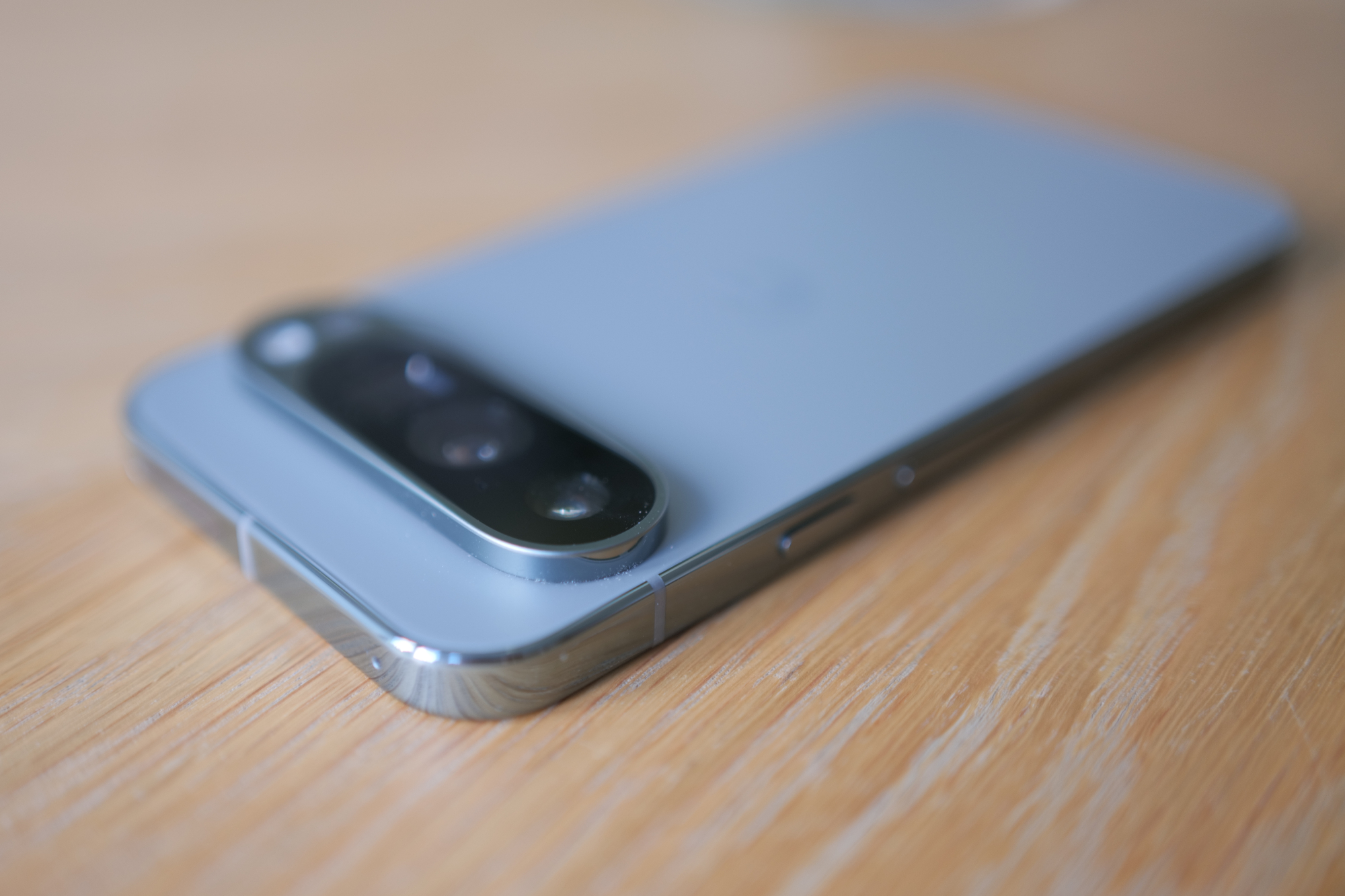
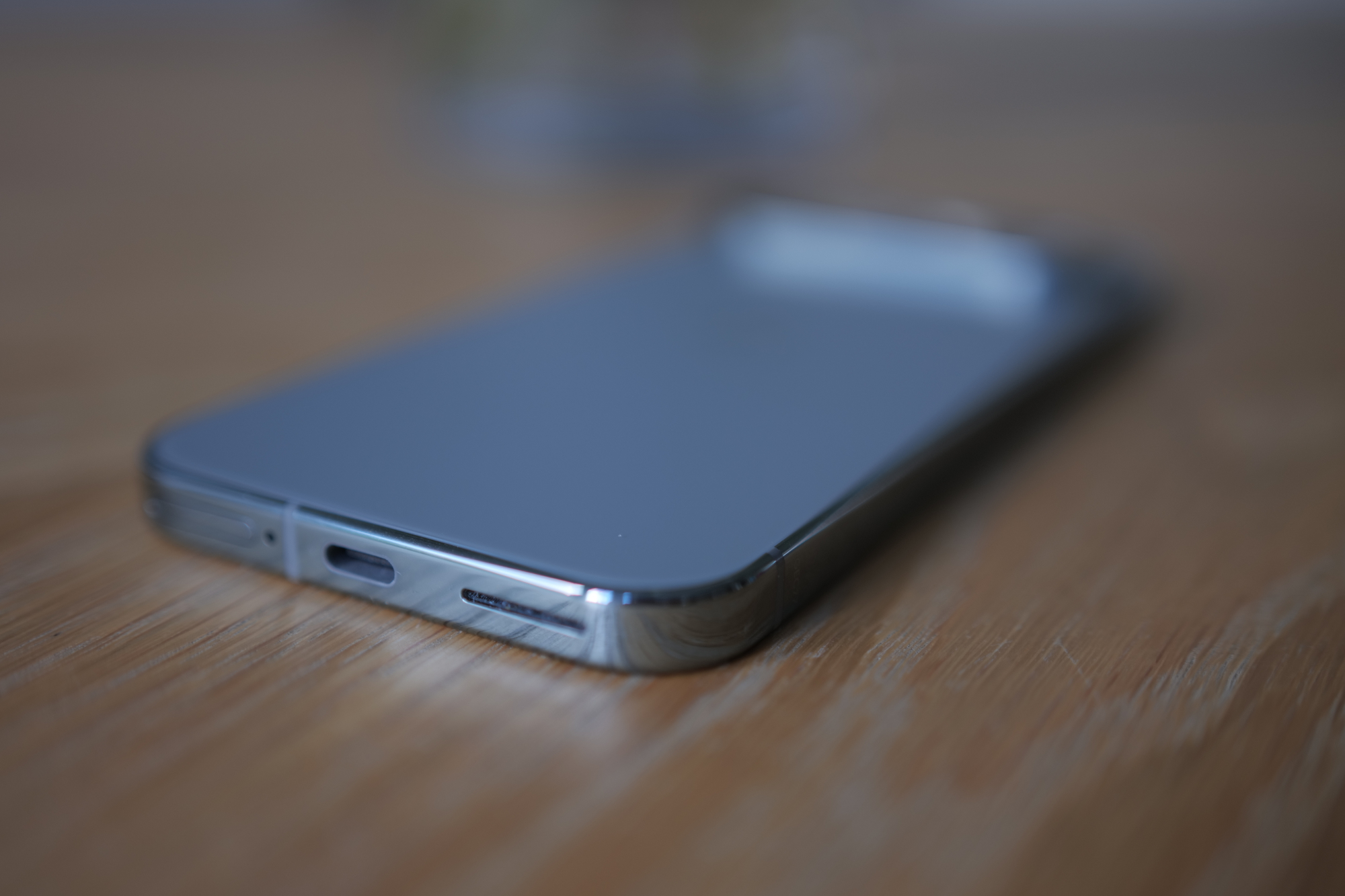
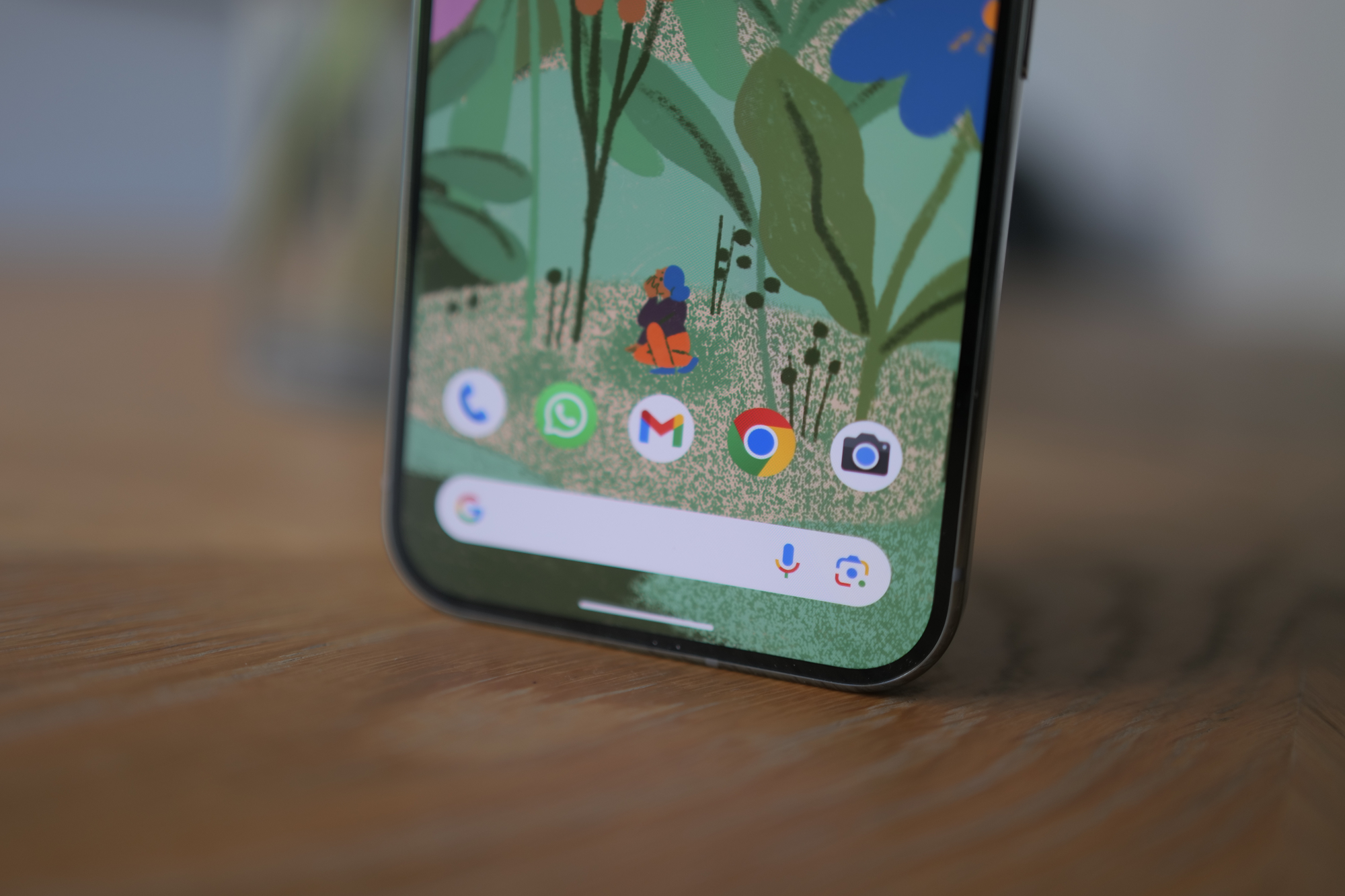
The Pixel 9 Pro, like the rest of the Pixel lineup, is powered by Google’s latest in-house processor, the Tensor G4 chip, offering a significant performance upgrade over its predecessor. The new chip noticeably boosts the phone’s overall speed and responsiveness, leading to quicker app load times and smoother transitions. If you’re after ultimate performance, Snapdragon Gen 3-powered phones will be faster, but the Tensor G4 was plenty fast enough for me.
With 16GB of RAM, the Pixel 9 Pro is well-equipped to handle a wide range of tasks. Throughout my testing, the device excelled at multitasking, generating AI images, and editing high-resolution photos without any slowdown.
Battery life has also seen a notable improvement in the Pixel 9 Pro, with the phone now lasting approximately 20-percent longer than its predecessor. What does that mean in real life? I can regularly get two days of battery life in between charging. This extended battery life is a welcome upgrade, especially as battery life isn’t traditionally the Pixel’s strong point. I no longer felt the constant battery life anxiety I had with previous Pixel phones.
The Pixel 9 Pro does have an ‘Extreme Battery Saver’ mode which stretches the battery to 100 hours, but this essentially turns the phone into a dumb phone so is only really useful in critical situations. If you’re a heavy user, you might want to consider the Pixel 9 Pro XL, which comes with a larger battery. But for most users, the battery performance of the standard Pixel 9 Pro should be more than adequate.
While the improved battery life is a welcome change, charging speeds still lag behind some competitors. Google claims the Pixel 9 Pro can reach 55-percent charge in 30 minutes using its 45W charger, but at 27W charging speeds, it’s slower than other flagship phones like the OnePlus 12 and Xiaomi 14, which have set new standards for fast charging. Although the Pixel 9 Pro’s charging is decent, it doesn’t quite keep pace with the speed of these industry leaders.
Software Experience: Stock Android and advanced AI
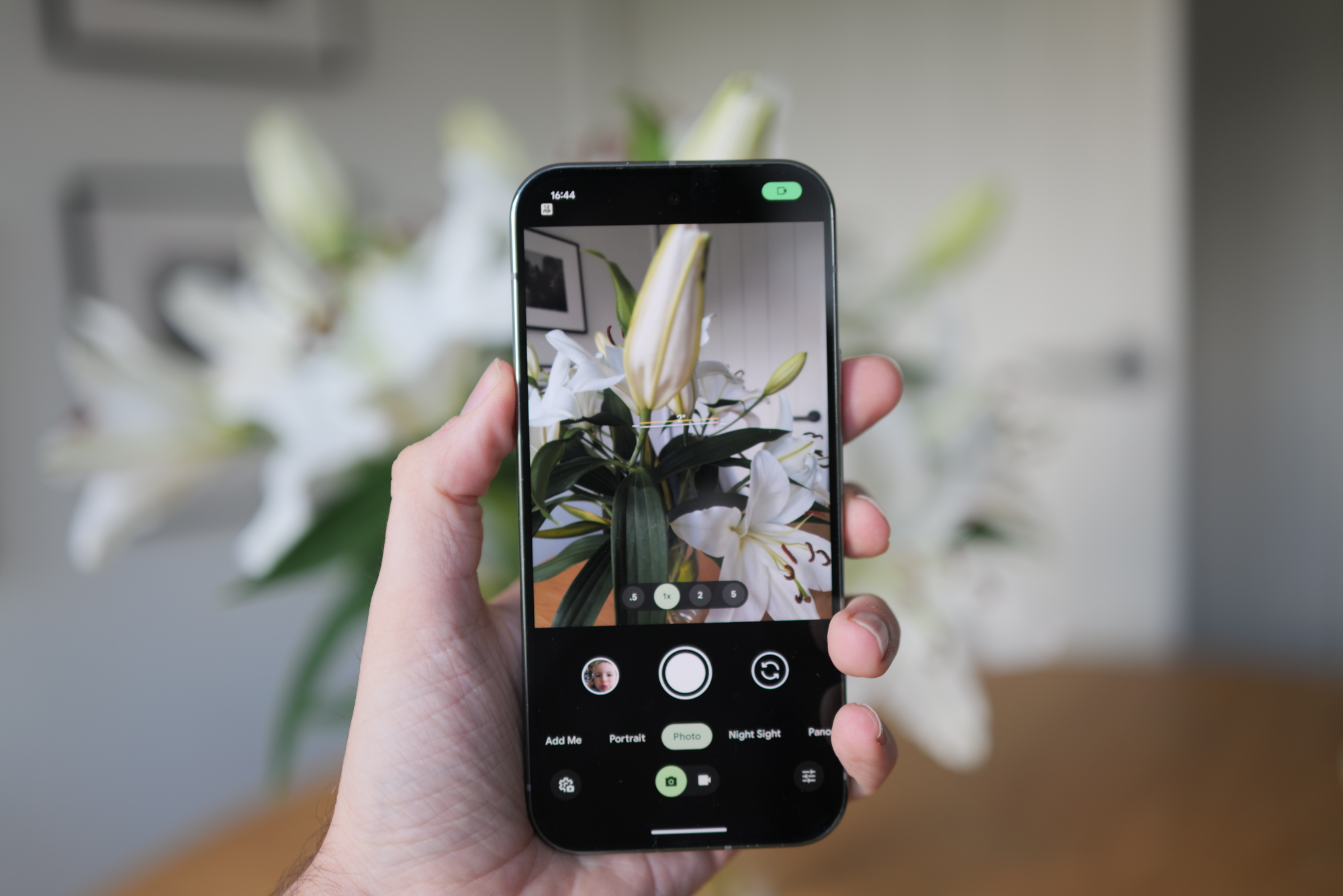
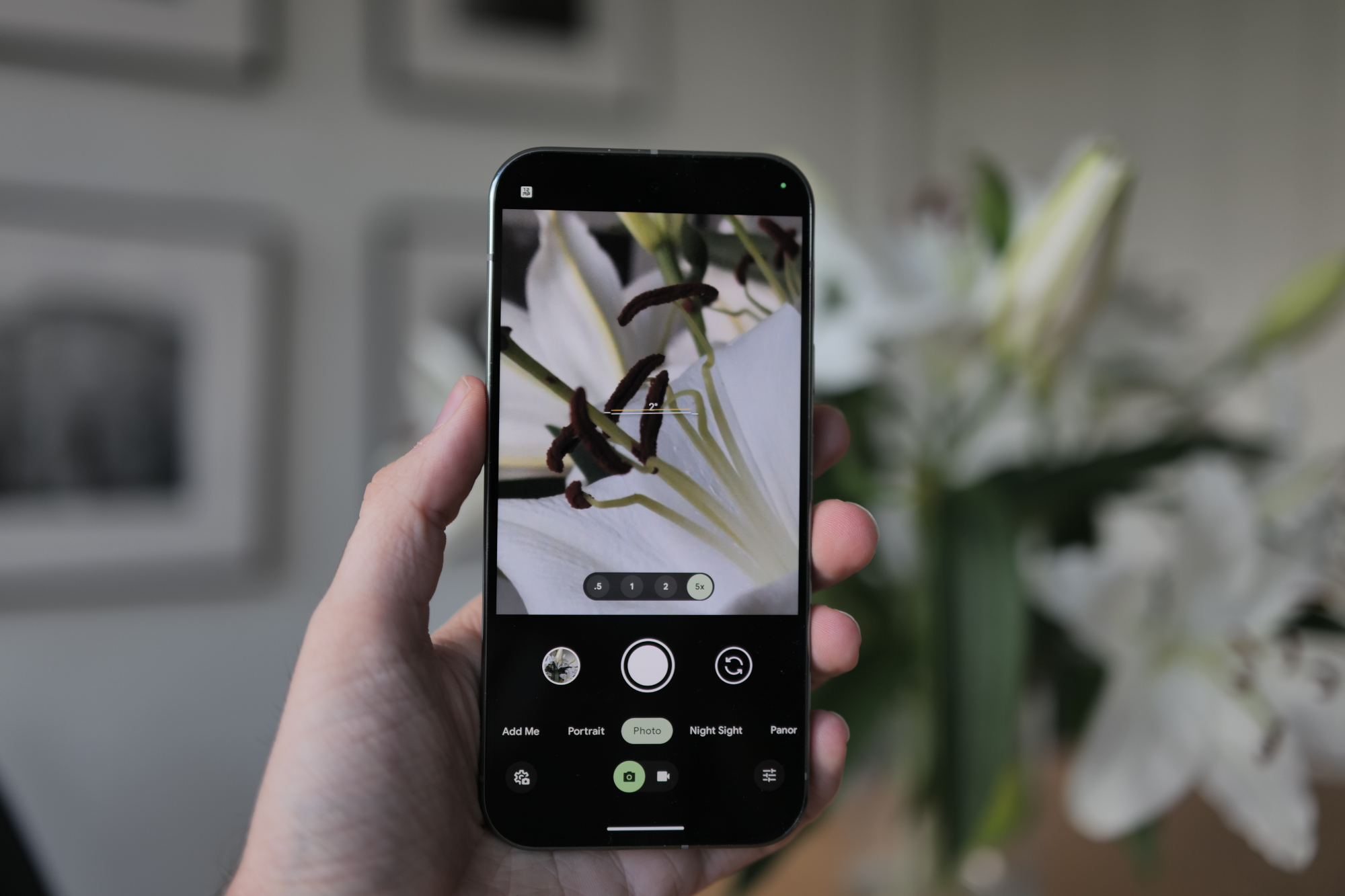
Google’s Pixel phones have long been celebrated for offering a clean, bloatware-free Android experience, and the Pixel 9 Pro continues that tradition. Running on the latest version of Android, it comes with the added benefit of seven years of OS and security updates, making it a reliable choice for users who prefer to keep their phones for the long haul rather than upgrading frequently.
Since the Pixel 9 Pro was released earlier than usual, it initially shipped with Android 14 instead of Android 15. This meant the software experience remains largely the same as previous Pixel models. However, the Pixel 9 lineup was first device to receive the next Android update, which landed two months after the phones went on sale.
The new Tensor G4 chip powers a range of AI-driven features designed to enhance the Pixel 9 Pro’s user experience, though some features stand out more than others. Gemini Live, available exclusively to Gemini Advanced subscribers, offers a hands-free, immersive experience that allows for natural, flowing conversations with Gemini, reminiscent of the AI from the movie Her. Users can brainstorm ideas, practice conversations, and choose from 10 unique voices for a personalized touch.
The Pixel 9 Pro comes with a 12-month trial of Gemini Advanced. I found it genuinely impressive, although I haven’t found many reasons to keep returning to the app – I certainly wouldn’t pay the $20/£19 monthly subscription once the trial ends.
Another noteworthy addition is the Pixel Studio app, which enables users to create images on the device using AI-powered tools, similar to Dall-E or Midjourney. The speed at which it generates images is quite remarkable, but this is a fun little addition rather than a must-have feature.
The final, surprisingly useful, feature is the new ‘Screenshots’ app. It automatically organizes your screenshots and uses AI to detect text within them, making it easier to locate specific images later. As someone who frequently takes screenshots, I’ve found this small addition to be incredibly handy. I also like how Google has continued to improve it over time: the early 2025 Pixel Drop (free feature updates every Pixel phone gets throughout its workable lifetime) brought smarter categorisations, meaning less work for me. Gemini Live voice calls sound a little less stilted now too, and my calls and texts get scam detection.
Google Pixel 9 Pro Verdict
The Google Pixel 9 Pro is an outstanding flagship smartphone that hit all the right marks for 2024, and continues to impress mid-way through 2025. With its advanced AI capabilities, stunning camera system, and premium design, the Pixel 9 Pro stands out as a strong competitor among much larger high-end phones.
However, the increase in price compared to previous Pixel models might make it a harder choice for those who appreciated the affordability of earlier generations. If you are looking to save money, the Pixel 9 offers similar impressive features for around £200/$200 less.
That said, those who prioritize the ultimate camera performance or want a brighter screen will see the Pixel 9 Pro’s extra features as worth the investment.
Stuff Says…
With the Pixel 9 Pro you can finally get the best camera and display tech in a compact 6.3in size. It blends top-tier AI features with a stunning design and exceptional battery life.
Pros
Premium design and features in a smaller form
Outstanding camera system with AI editing
Bright, vibrant display
Seven years of software updates
Excellent on battery
Cons
Google Pixel 9 Pro technical specifications
| Screen | 6.3in, 1280×2856, 1-120Hz AMOLED |
| CPU | Tensor G4 |
| Memory | 16GB RAM |
| Cameras | 50MP, f/1.7 w/ dual pixel PDAF, OIS, laser AF + 48MP, f/2.8 periscope telephoto w/ 5x zoom, OIS, dual pixel PDAF + 48MP, f/1.7 ultrawide w/ dual pixel PDAF rear 42MP, f/2.2 w/ PDAF front |
| Storage | 128/256/512GB/1TB |
| Operating system | Android 14 |
| Battery | 4700mAh w/ 27W wired, 21W wireless charging |
| Dimensions | 152.8x72x8.5mm, 199g |

